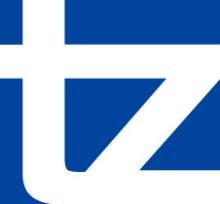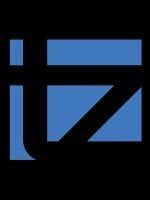The Government recently entered into a massive settlement with Bank of America and its affiliated entities related alleged wrongdoing by the bank in connection with the packaging and sale of residential mortgage-backed securities that contributed to the Great Recession of 2008. The settlement, valued at $16.65 billion, is the largest civil settlement between the Government and a single entity in American history. It requires the bank to pay $9.65 billion to resolve pending and potential legal claims and provide $7 billion in relief to consumers, primarily in the form of debt forgiveness and mortgage modifications. But the sheer size of the settlement is not the only thing historic about it. The settlement is also significant because so many of the Government’s fraudfighting tools were used in order to achieve this result, including many anti-fraud laws intended to incentivize whistleblowing.
For one, the Government negotiated a $5 billion penalty to resolve allegations that Bank of America violated the Financial Institutions Reform, Recovery and Enforcement Act of 1989 (“FIRREA”), 12 U.S.C. § 1833a. FIRREA allows the Government to bring a civil action against any individual or entity for violating a number of criminal statutes prohibiting fraud, including mail and wire fraud, if the fraud affects a federally insured financial institution. Although the law has been around for a quarter century, only recently has the Government started to aggressively prosecute cases under it.
This represents a potentially important trend for private citizens that become whistleblowers. Under the Financial Institutions Anti-Fraud Enforcement Act (“FIAFEA”), a whistleblower that provides information to the Government regarding fraudulent activity affecting a financial institution that constitutes a violation of FIRREA may be entitled to a reward if the Government obtains a monetary recovery. Unlike other whistleblower statutes, a whistleblower recovery under FIAFEA does not hinge on whether the Government has suffered a monetary loss. If a whistleblower is aware of fraudulent conduct affecting a financial institution, FIAFEA provides an avenue for disclosing the fraud to the authorities with the potential upside of a substantial reward for doing so.
Bank of America also agreed to pay at little over $1 billion to resolve four cases filed under the Federal False Claims Act (“FCA”). Three of these cases were initiated by whistleblowers under the FCA’s qui tam provisions, which allow private citizens to file a lawsuit on behalf of the United States to recover money the Government either paid, or was deprived of, due to fraud. These cases, like all FCA cases, were filed under seal and are not a matter of public record. While an FCA case is under seal, the Government will conduct an investigation into the allegations set forth in the lawsuit. At the end of this process, the Government can elect to “intervene” in the case and take command of the litigation. If the Government decides not to intervene, then the whistleblower has the option of pursuing the case without the Government. Under the FCA, the whistleblower is entitled to a percentage of any recovery obtained by the Government, or the whistleblower on behalf of the Government, as a reward. This percentage ranges from between 15 and 30%. So the awards for the whistleblowers whose cases were resolved by the Bank of America settlement are likely to be enormous.
Another component of the Bank of America settlement was a $943 million payment to six States—California, Delaware, Kentucky, Maryland, and New York. Most states—thirty, including the District of Columbia—have a law similar to the federal False Claims Act that allows a private citizen to file a lawsuit on behalf of the state to recover money that the state was defrauded into paying. And like the federal FCA, the whistleblower is entitled to a percentage of any money recovered for the state.
Lastly, Bank of America agreed to pay approximately $136 million to resolve potential claims by the U.S. Securities and Exchange Commission for violating federal securities law. Important for whistleblowers is the fact that the recently enacted Dodd-Frank Wall Street Reform and Consumer Protection Act authorized the creation of a whistleblower office by the SEC. Now, if a whistleblower provides information to the SEC about fraud in connection with securities and the SEC obtains a monetary recovery stemming from this information, then the whistleblower is entitled to a percentage of that recovery. Like the federal FCA, the recovery ranges from 15 to 30%.
So the Bank of America settlement reflects the Government’s understanding that in some instances it is necessary to take a multifaceted approach to fighting fraud against the Government directly, as well as fraud affecting our financial institutions and securities laws. Because many of the laws used by the Government in prosecuting this activity have a whistleblower component, private citizens can join in this fight—and obtain substantial rewards in the process.



 />i
/>i

